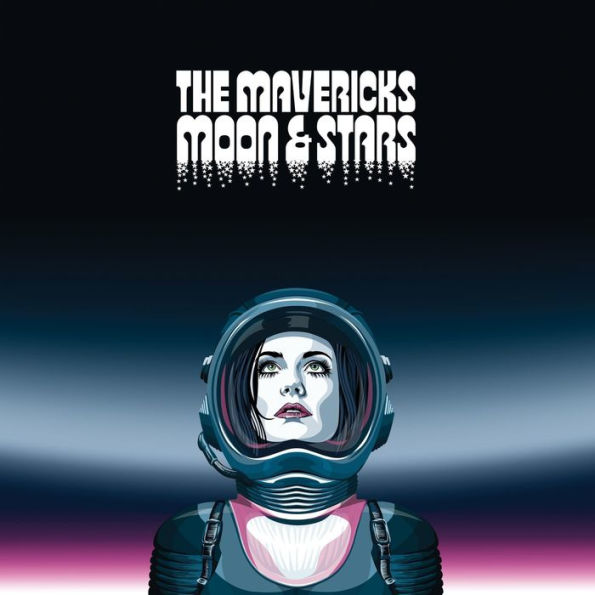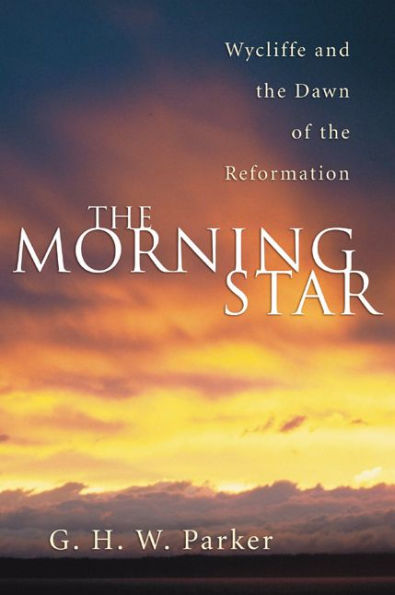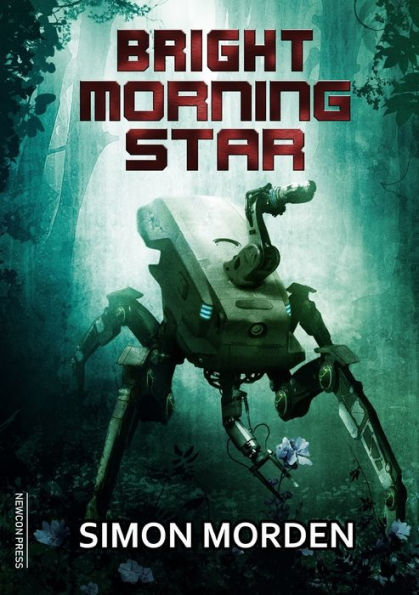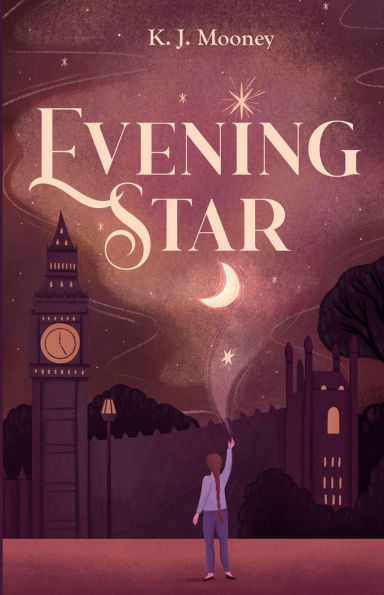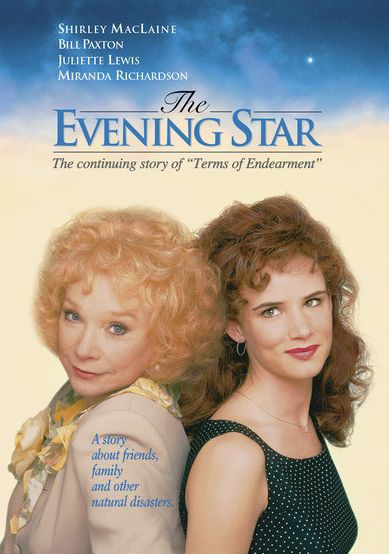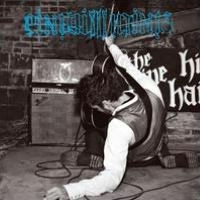Home
Morning Star
Barnes and Noble
Loading Inventory...
Morning Star in Bloomington, MN
Current price: $14.99

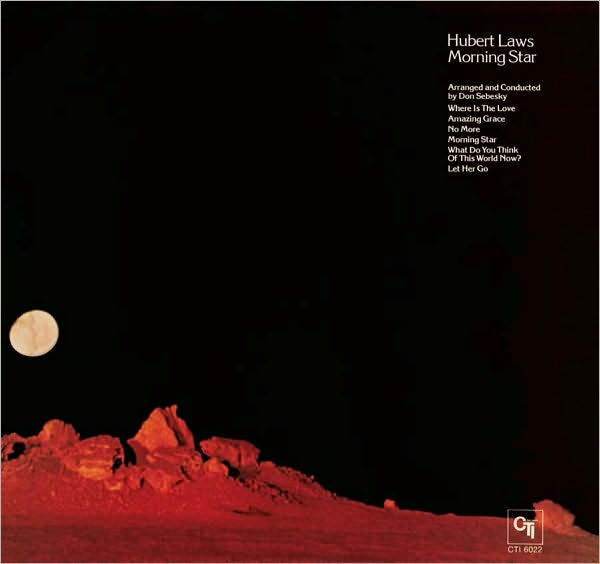
Morning Star in Bloomington, MN
Current price: $14.99
Loading Inventory...
Size: OS
After the success of 1970's
Afro-Classic
,
Hubert Laws
re-teamed with arranger/conductor
Don Sebesky
for 1972's
Morning Star
, his third date for producer
Creed Taylor
's
CTI
.
Laws
' sidemen for the date included
Ron Carter
on bass,
Bob James
on electric piano,
Billy Cobham
and
Ralph McDonald
on drums, guitarist
John Tropea
, and vibraphonist/percussionist
Dave Friedman
. Rather than follow up
with another program of primarily classical numbers,
Taylor
, and
Sebesky
employed a large string, wind, and brass ensemble and went to the pop-jazz side of the spectrum. The title track of this gorgeous set is a laid-back, lilting jazz tune with
' flute introducing the melody, followed by a tight, economical yet lengthy and expressive
James
solo and the winds flowing in momentarily before the brass explodes into a gorgeous swing before disappearing again very quickly.
' solo flows through both beautifully.
' own break is impressionistic, yet full of elemental swing and classical flourishes. On the beautifully textured reading of
"Where Is the Love,"
' flute plays and darts soulfully around the melody as
colors the margins and
Carter
ushers in a groove change with his diligent lines accenting
Cobham
's backbeat. The strings, sweet as they are, underscore rather than overpower the band, adding an entirely different dimension to the arrangement. The reading of
"Amazing Grace"
is introduced slowly by
playing the melody in the lower register.
joins him on the changes before the strings enter sparsely at the minute mark. They color
' flute with elegance and a touch of Celtic hymnody. A harp duets with
on the third verse; violins and cellos brighten it sparely. When
enters, the tempo picks up; the mood changes instantly. It begins to sway, shimmer, and shift, reaching nearly transcendent heights of expression before it all quiets down to
' flute unaccompanied, improvising on
Bach
before returning to the folk roots of the song. These are just the highlights;
is a joy all the way through, whether it's in the bluesy soul-jazz of
"No More"
or the occasionally abstract
"What Do You Think of This World Now?,"
which riffs on
"America the Beautiful."
It's
at his very best; it helped define the essence of
. ~ Thom Jurek
Afro-Classic
,
Hubert Laws
re-teamed with arranger/conductor
Don Sebesky
for 1972's
Morning Star
, his third date for producer
Creed Taylor
's
CTI
.
Laws
' sidemen for the date included
Ron Carter
on bass,
Bob James
on electric piano,
Billy Cobham
and
Ralph McDonald
on drums, guitarist
John Tropea
, and vibraphonist/percussionist
Dave Friedman
. Rather than follow up
with another program of primarily classical numbers,
Taylor
, and
Sebesky
employed a large string, wind, and brass ensemble and went to the pop-jazz side of the spectrum. The title track of this gorgeous set is a laid-back, lilting jazz tune with
' flute introducing the melody, followed by a tight, economical yet lengthy and expressive
James
solo and the winds flowing in momentarily before the brass explodes into a gorgeous swing before disappearing again very quickly.
' solo flows through both beautifully.
' own break is impressionistic, yet full of elemental swing and classical flourishes. On the beautifully textured reading of
"Where Is the Love,"
' flute plays and darts soulfully around the melody as
colors the margins and
Carter
ushers in a groove change with his diligent lines accenting
Cobham
's backbeat. The strings, sweet as they are, underscore rather than overpower the band, adding an entirely different dimension to the arrangement. The reading of
"Amazing Grace"
is introduced slowly by
playing the melody in the lower register.
joins him on the changes before the strings enter sparsely at the minute mark. They color
' flute with elegance and a touch of Celtic hymnody. A harp duets with
on the third verse; violins and cellos brighten it sparely. When
enters, the tempo picks up; the mood changes instantly. It begins to sway, shimmer, and shift, reaching nearly transcendent heights of expression before it all quiets down to
' flute unaccompanied, improvising on
Bach
before returning to the folk roots of the song. These are just the highlights;
is a joy all the way through, whether it's in the bluesy soul-jazz of
"No More"
or the occasionally abstract
"What Do You Think of This World Now?,"
which riffs on
"America the Beautiful."
It's
at his very best; it helped define the essence of
. ~ Thom Jurek
After the success of 1970's
Afro-Classic
,
Hubert Laws
re-teamed with arranger/conductor
Don Sebesky
for 1972's
Morning Star
, his third date for producer
Creed Taylor
's
CTI
.
Laws
' sidemen for the date included
Ron Carter
on bass,
Bob James
on electric piano,
Billy Cobham
and
Ralph McDonald
on drums, guitarist
John Tropea
, and vibraphonist/percussionist
Dave Friedman
. Rather than follow up
with another program of primarily classical numbers,
Taylor
, and
Sebesky
employed a large string, wind, and brass ensemble and went to the pop-jazz side of the spectrum. The title track of this gorgeous set is a laid-back, lilting jazz tune with
' flute introducing the melody, followed by a tight, economical yet lengthy and expressive
James
solo and the winds flowing in momentarily before the brass explodes into a gorgeous swing before disappearing again very quickly.
' solo flows through both beautifully.
' own break is impressionistic, yet full of elemental swing and classical flourishes. On the beautifully textured reading of
"Where Is the Love,"
' flute plays and darts soulfully around the melody as
colors the margins and
Carter
ushers in a groove change with his diligent lines accenting
Cobham
's backbeat. The strings, sweet as they are, underscore rather than overpower the band, adding an entirely different dimension to the arrangement. The reading of
"Amazing Grace"
is introduced slowly by
playing the melody in the lower register.
joins him on the changes before the strings enter sparsely at the minute mark. They color
' flute with elegance and a touch of Celtic hymnody. A harp duets with
on the third verse; violins and cellos brighten it sparely. When
enters, the tempo picks up; the mood changes instantly. It begins to sway, shimmer, and shift, reaching nearly transcendent heights of expression before it all quiets down to
' flute unaccompanied, improvising on
Bach
before returning to the folk roots of the song. These are just the highlights;
is a joy all the way through, whether it's in the bluesy soul-jazz of
"No More"
or the occasionally abstract
"What Do You Think of This World Now?,"
which riffs on
"America the Beautiful."
It's
at his very best; it helped define the essence of
. ~ Thom Jurek
Afro-Classic
,
Hubert Laws
re-teamed with arranger/conductor
Don Sebesky
for 1972's
Morning Star
, his third date for producer
Creed Taylor
's
CTI
.
Laws
' sidemen for the date included
Ron Carter
on bass,
Bob James
on electric piano,
Billy Cobham
and
Ralph McDonald
on drums, guitarist
John Tropea
, and vibraphonist/percussionist
Dave Friedman
. Rather than follow up
with another program of primarily classical numbers,
Taylor
, and
Sebesky
employed a large string, wind, and brass ensemble and went to the pop-jazz side of the spectrum. The title track of this gorgeous set is a laid-back, lilting jazz tune with
' flute introducing the melody, followed by a tight, economical yet lengthy and expressive
James
solo and the winds flowing in momentarily before the brass explodes into a gorgeous swing before disappearing again very quickly.
' solo flows through both beautifully.
' own break is impressionistic, yet full of elemental swing and classical flourishes. On the beautifully textured reading of
"Where Is the Love,"
' flute plays and darts soulfully around the melody as
colors the margins and
Carter
ushers in a groove change with his diligent lines accenting
Cobham
's backbeat. The strings, sweet as they are, underscore rather than overpower the band, adding an entirely different dimension to the arrangement. The reading of
"Amazing Grace"
is introduced slowly by
playing the melody in the lower register.
joins him on the changes before the strings enter sparsely at the minute mark. They color
' flute with elegance and a touch of Celtic hymnody. A harp duets with
on the third verse; violins and cellos brighten it sparely. When
enters, the tempo picks up; the mood changes instantly. It begins to sway, shimmer, and shift, reaching nearly transcendent heights of expression before it all quiets down to
' flute unaccompanied, improvising on
Bach
before returning to the folk roots of the song. These are just the highlights;
is a joy all the way through, whether it's in the bluesy soul-jazz of
"No More"
or the occasionally abstract
"What Do You Think of This World Now?,"
which riffs on
"America the Beautiful."
It's
at his very best; it helped define the essence of
. ~ Thom Jurek
